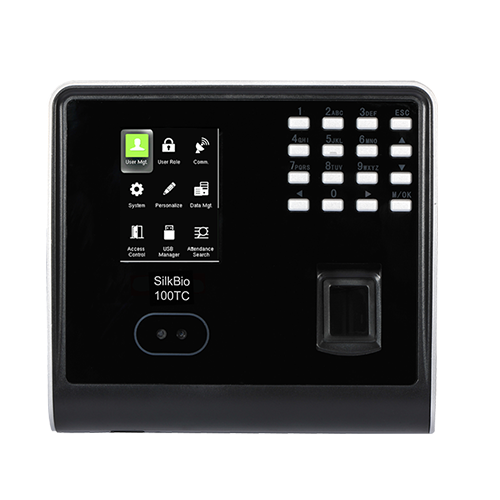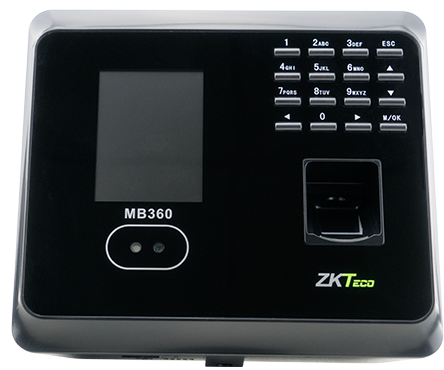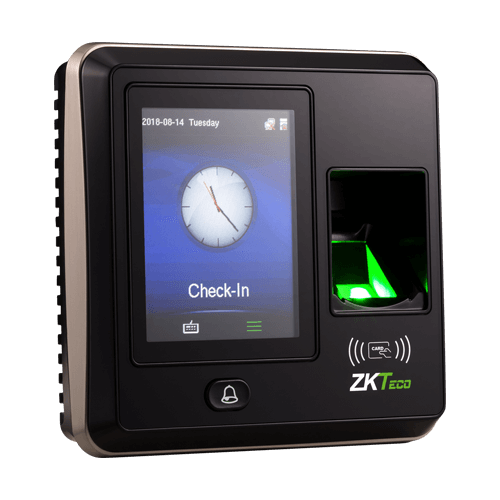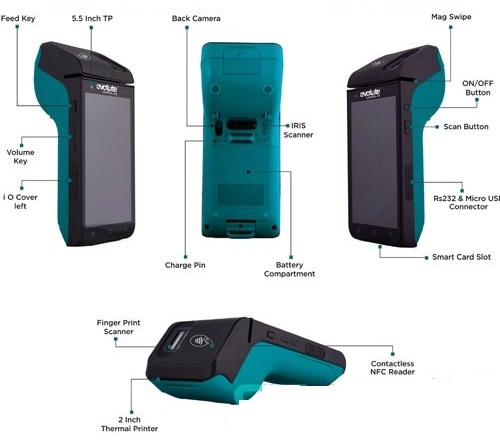RFID stands for “radio frequency identification.” It’s a technology that captures digital data encoded in smart labels and RFID tags through a reader via radio waves. RFID serves a similar purpose to that of a bar code or a magnetic strip of an ATM card where data from a label or tag is captured by the device and then later stored in the database.
However, RFID works better than a barcode and ATM magnetic strips. The most significant advantage of using RFID over barcode is that it doesn’t need to be placed or positioned relative to the scanner. The other advantage is that with RFID, you can scan more than one object at a time, unlike a barcode, which saves loads of time and energy.
Looking to the future we have started concentrating on this technology. So far we have implemented RFID based animal tracking system and jewellery system for our clients. Currently we are developing NFC (which works same as RFID) based milk delivery system for.
Milk Delivery System
The milk delivery person will carry an android device (Evolute Terminal). The members are registered and given NFC cards. Mainly there are 2 types of members. 1. Regular (Main) and 2.Temporary. Milk is to be delivered to regular members and adhoc will be given only after regular members are served. The system is divided into 3 user types mainly.
- Administartor
- Member
- Delivery Person
[Click here to view full project detail...]
Other Applications
► Student attendence system
► Jewellery system
► Milk delivery system
► Product tracking
► Passports
Biometrics is an automated method of recognizing or verifying a person based on a physical or behavioral characteristic. The features that are measured using biometrics include face, fingerprints. Because each individual has a unique biometric print, security and verification solutions based on biometrics offer a better and more accurate means of ensuring application integrity, than passwords or access cards.
Biometric Systems
A biometric system can operate in two modes:
Verification : This system does a one to one comparison of a captured biometric with a stored template to verify the individual identity. Can be done in conjunction with a smart card, username or ID number.
Identification : This system does a one to many comparison of the captured biometric against a biometric database in an attempt to identify an unknown individual. The identification only succeeds in identifying the individual if the comparison of the biometric sample to a template in the database falls within a defined threshold.
Any biometric device, consist of:
- A reader or scanning device
- Software that converts the scanned information into digital form and compares match points
- A database that stores the biometric data for comparison in an encrypted form; to prevent identity theft
Applications
► Attendance system
► Fingerprint reader for software application
Device
Hand Held Computer (HHC) terminal is innovation that is sleek and aesthetically crafted with features like built-in printer with BARCODE printing option and optional features like built-in Modems (PSTN / GSM / CDMA), Smart card reader, TCP/IP, BARCODE reader etc. Handhelds represent a significant advance in computer technology. Hand Held Computer. We believe that significant differences exist in the capabilities, usability and expandability of current handheld devices. We understand the customer bottleneck area and design the architecture which comprises of the apt components and the right methodology for data capturing using handheld terminals / hand held computers / mobile computers.
Why Using HHT?
► Ease of data capturing
► Remote data transfer facility
► Error free data collection
► Highly secured
► Ease of implementation
► Overcomes operational hurdles
► Integrates with existing legacy system




